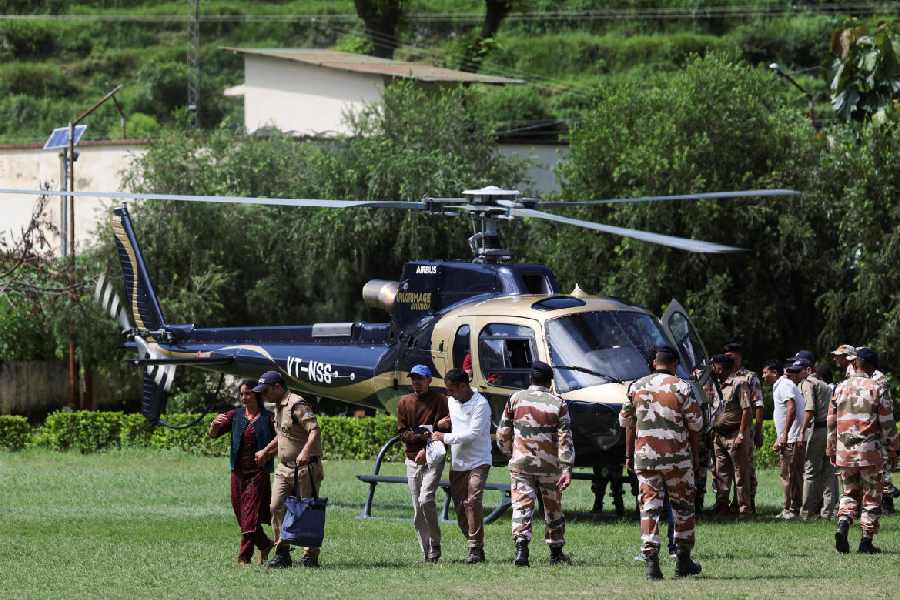The department of environment and forests is gearing up for a survey of the floral biodiversity of the state for the first time after Independence.
The survey would include conducting practical investigation in the forest areas, population studies, distribution pattern and categorisation of flora in categories such as abundant, dwindling, rare, on the verge of extinction and extinct.
S.S. Chaudhary, the chief conservator of forests, working plan, training and extension, told The Telegraph: “The consolidated details of the last floral survey of Bihar, Jharkhand and Odisha are documented in a book — Hains Flora, published in 1925. It has been 87 years and the composition of flowers in the state has undergone tremendous changes. For instance, Bihar was bifurcated in 2000 and climatic changes have taken place, resulting in alteration in size and composition of many forest areas. It was thought necessary to conduct a new survey for Bihar. It would also help in revision of the Hains Flora.”
Chaudhary said the study would comprise survey of the entire plant kingdom, right from shrubs, grass and herbs to trees. “The survey would cover 11 major forest districts of Bihar, including Rohtas, Kaimur, Gaya, Aurangabad, Nawada, Nalanda, Munger, Banka, Jamui, Lakhisarai and West Champaran,” said Chaudhary.
The proposed survey is aimed at promoting research work, conduct plantation programmes and formulate policies regarding conservation of threatened and rare species in the future. “Except for Hains Flora and a biennial all India report by Forest Research Institute, Dehradun, there is no other source of detailed information about floral biodiversity in Bihar at present. Our students and researchers are deprived of authentic and detailed data. This survey would help us conduct the right type of plantation programmes and form policies for preservation of endangered and rare floral species,” said Chaudhary.
The forest department is in talks with leading universities and research institutions across the country for conducting the survey. “We are in talks with leading universities in the state, including Patna University (PU) and few others in the country, including Indian Council of Forestry Research and Education, Dehradun and College of Forestry, Odisha, which can take up this survey. The work is likely to be allotted within a month and it would take a maximum of three years to complete the survey,” added Chaudhary.
Experts in their respective fields of study have hailed this survey. “Several parts of Bihar, especially West Champaran and few of its neighbouring districts, are still unexplored. Such a survey might reveal important floral species, including plants having high medicinal value. The department of botany at PU is also conducting similar research activitie,” said U.K. Singh, dean, faculty of science, PU.










